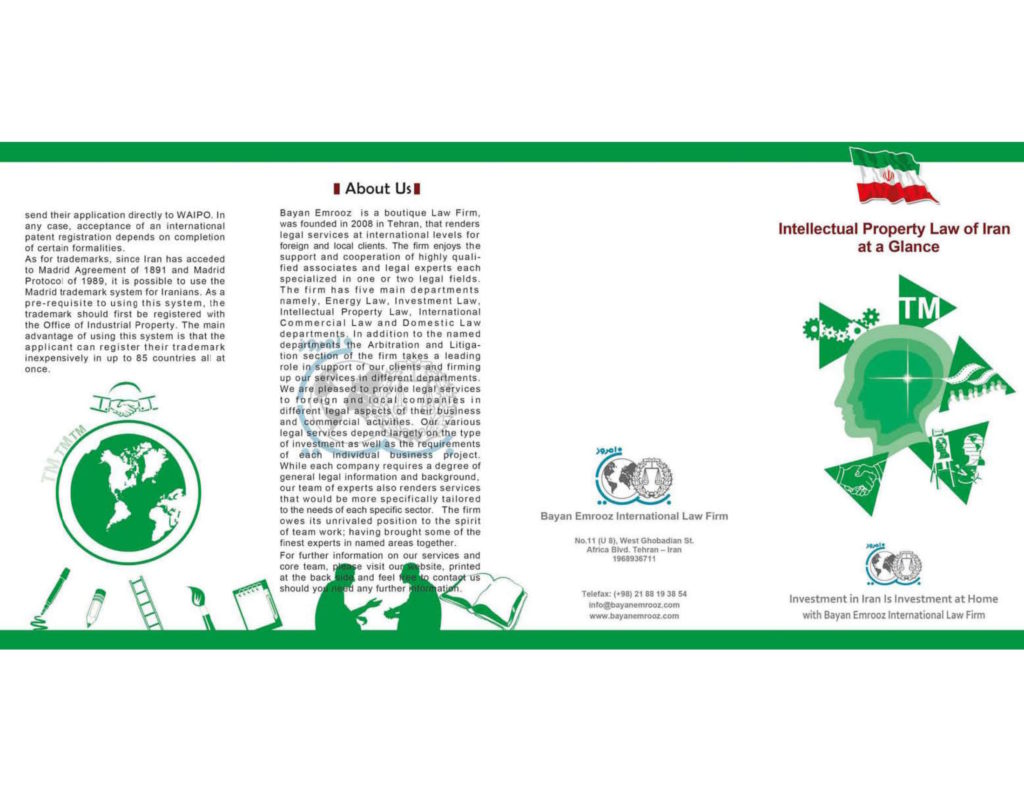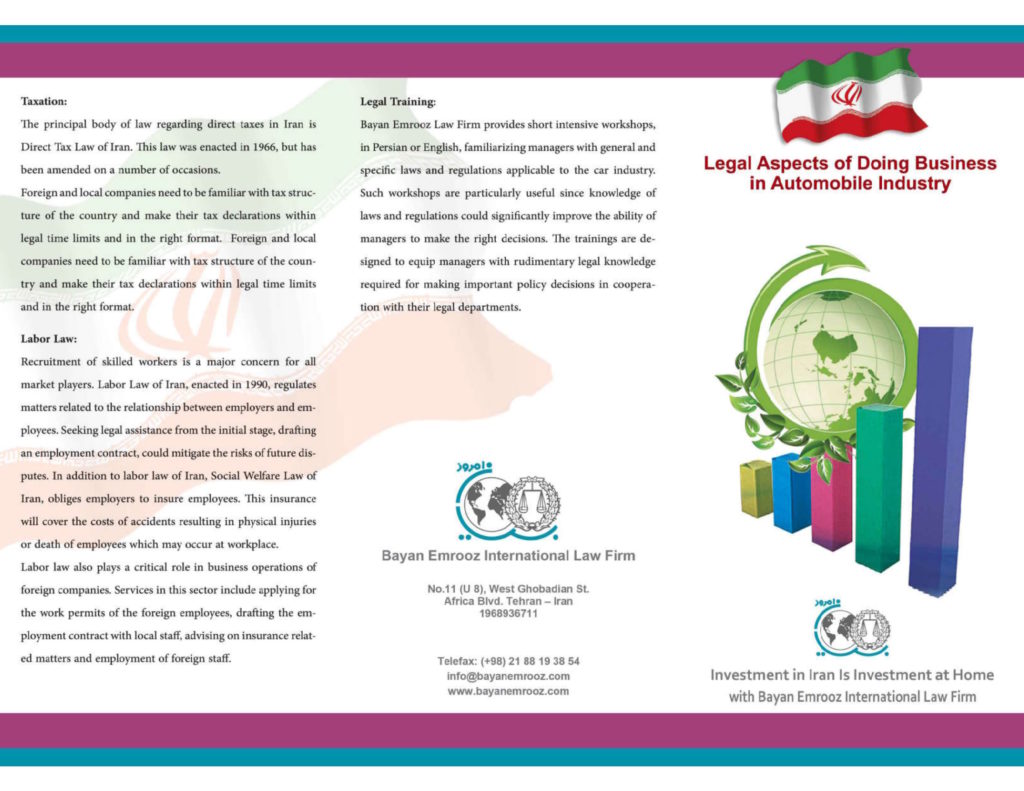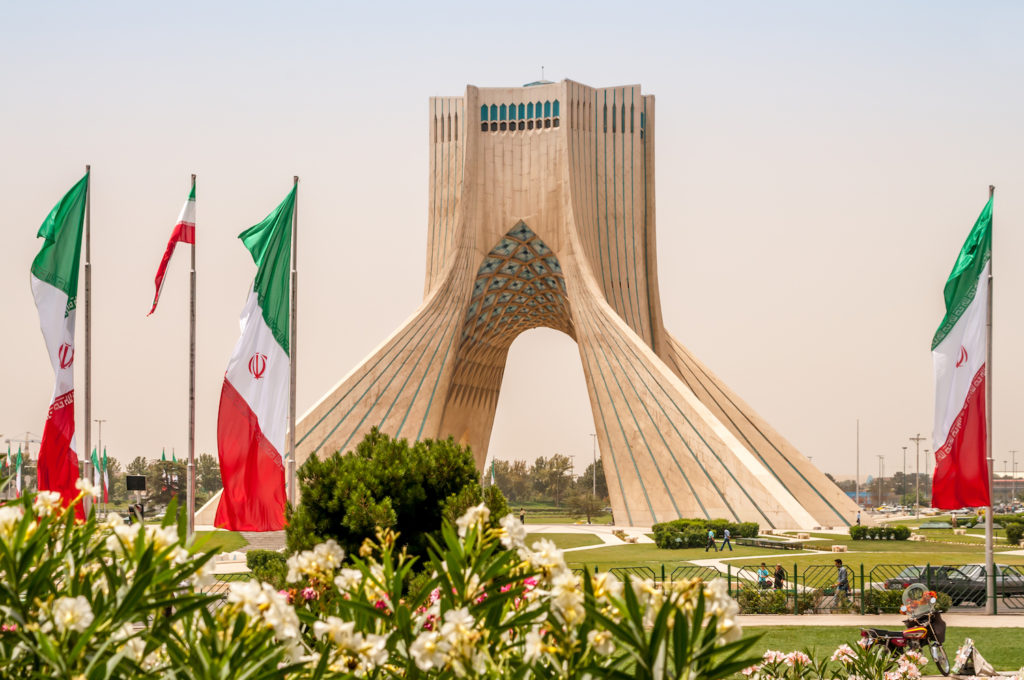Legal Overview of lands in Iran
Ownership is a permanent right through which a person can possess a property according to the regulations and enjoy all interests thereof. Ownership is a useful notion in all the legal systems around the world, which was created after the emergence of humankind on Earth. The owners’ rights and the pertinent governing regulations have gradually experienced many changes.
One of the ownership rights and perhaps the most important one is ownership of lands. Land, as immovable property, has been one of the most essential needs of individuals throughout history. Due to its significance and impact on domestic borders and the economy of countries, the legislatures have always ratified regulations that increase the interference of governments on different grounds such as social necessities, public interests, social expediency, and sovereignty and also try to enhance the use of lands to benefit from the value thereof in economy and investment. However, these regulations are not always passed to the prejudice of people. The result of these regulations might be to the benefit of persons.
After the lifting of sanctions, foreign investors enter Iran’s market with a positive view. Some of the investors have commenced their activity in various industrial, agricultural, and commercial sectors and some are gathering financial, economic, and legal information to evaluate the economic justification for entering into the Iranian market.
Domestic and foreign investors of several sectors including the Tourism Industry, Hotels, and Renewable Energy Power Plants (wind, biomass, and solar), need to purchase or lease the lands of their projects. Due to the multiplicity of laws and regulations in this regard, it would be impossible to purchase or lease lands without legal assessment of different types of lands, the owner(s), be assured that the persons possessing the land or selling it are true owners, assessing legal deeds and documents of transfer and also acquiring the deed of title or official deed.
In this article, which is the first article of our series of articles concerning Legal Assessment of Lands in Simple Words, we shall introduce the fundamental practical issues regarding ownership. Initially, a brief description of the ownership characteristics shall be provided. Afterward, the ownership is categorized in terms of different types of owners and finally, lands are categorized in terms of owners. I would be glad to receive your helpful views and suggestions via the following email to complete and continue my articles in this field.
Ownership Characteristics
Ownership has three fundamental characteristics in Iranian law: 1. Absolute, 2. Exclusive, and 3. Permanent. However, the restrictions regarding ownership of people on lands require further study of the above characteristics.
Absolute: as the owner can thoroughly benefit from all of its property, the ownership right is considered absolute. According to Articles 40, 44, and 47 of the Constitution and Article 30 of the Civil Code, which provides that: “every owner is entitled to any kind of possession and use regarding its property, except for the exceptions provided by law”, this is a recognized principle. However, to apply this principle, it is of great importance to note the legal exceptions restricting the application of the above-mentioned provisions. This characteristic is also referred to as the Dominion Principle.
Exclusive
Ownership is exclusive to the owner and all persons are obliged to respect it and not trespass it. Article 31 of the Civil Code provides: no property can be discharged from the possession of its owner unless provided by law. Other provisions provide for the eviction and payment of the price in case of usurping and possession of another person’s property. Nevertheless, this right has also experienced some alterations such as the Easement right of government regarding lands.
Permanent
ownership right is not limited to time, is permanent, and does not terminate by death. It is merely transferred to other persons through legal means. For instance, with the death of the owner, the ownership is transferred to the heirs.
Types of Ownership in terms of the Owner
There are different categorizations for ownership. One of these categorizations is categorizing ownership in terms of the owner. According to Islamic Jurisprudence, some authors consider 7 types of ownership including Governmental, Nation, Society, Group, Person, and Individual. However, according to the laws and regulations of Iran, there are three types of ownership in terms of the owner:
Private Ownership
ownership of persons including non-governmental natural and legal persons is called private ownership. This type of ownership is recognized in Islamic Jurisprudence resources, Articles 22, 47, and 44 of the Constitution, and Articles 29 and 30 of the Civil Code. However, there are certain restrictions regarding this type of ownership which are provided by law and Islamic Jurisprudence including No Harms Rule and Distress Rule and some other restrictions provided in regulations.
Governmental Ownership
this type of ownership is right which governmental organs hold like any other person. However, the application of this right is subject to regulations that are much stricter than regulations governing private ownership. Sale of state properties is merely allowed after the decision of the relevant administrative authority and certain formalities such as holding bids, the provisions of which are specified by the law.
Public Ownership
sometimes the government possesses the properties prepared for direct use of all people or allocated to retaining the public interests such as bridges and museums. In this regard, the government is merely the administrator of such properties. Therefore, the government cannot sell public properties unless the law provides otherwise. It should be noted that as regards certain properties, it is not possible to sell and transfer them even if provided by law.
Types of Lands
Lands could be categorized into 4 categories in terms of ownership:
Governmental Lands
most of such lands are possessed through confiscation and declaring the abandoned properties as national and unclaimed lands or through purchasing by the government according to regulations such as the Law on Cancellation of Ownership regarding Abandoned Municipal Lands, Law on Municipal Lands, Law on Municipal Ground, and Article 49 of the Constitution. Accordingly, the transfer of such lands is subject to legal formalities governing the transferring governmental organ, including operating the project and acquiring the license regarding holding the bid. Similarly, the value of governmental lands is usually assessed and determined by the experts of the Judiciary.
Private Lands
lands with non-governmental, private owners which are transferred through legal means such as contracts (sale, compromise, and donation) and inheritance. The transfer of such lands is not subject to the special formalities regarding the transfer of governmental lands and the agreement of parties governs this transfer. As for the number of owners, it should be noted that there might be one or several owners. In case the land is owned by several owners, the regulations regarding jointly owned lands shall govern and if the land has a single owner, the transfer will be subject to regulations on parceled-out lands. Further information regarding these two types of lands shall be provided in my future articles. The price of such lands is determined by the agreement between the seller and buyer, and usually according to its value at the time of agreeing.
Endowed Lands
these lands are transferred to the Endowment through the endowment agreement and by the endower (the person endowing the land). According to the regulations and principles of Islamic Jurisprudence, the endowed land cannot be transferred through a sale agreement and the administrator of endowment (in case there is one) or the Endowment Organization (in case there are no administrators or as the supervisor of the country’s endowments) can merely transfer the interests of these lands through a temporary lease agreement which are usually concluded for a long term or extended after the termination of the period. In case a person intends to construct a building on the endowed lands with a legal license and the endowment has a deed of title for the mentioned lands, the person can acquire a title deed for the buildings from the Registration Bureau, however, it should be noted that this deed is merely issued in respect of the buildings and not the land itself. Nonetheless, it should be noted that according to the law, there are certain exceptional cases such as destruction of the endowment or high risks, in which the endowed lands could be transferred following legal formalities.
Public Lands
Other types of lands that have no particular owners are called public commons and unclaimed lands. Public commons are a type of governmental property allocated to public interests and the government is merely the administrator thereof such as bridges, museums, and public routes. Unclaimed lands do not have any owners and according to the law, can be possessed by persons. Possession is a legal means for owning unclaimed lands such as abandoned lands (without particular owner and agricultural records) which can be owned through construction and subject to legal requirements.








Howdy! I could have sworn I’ve been to this site before but after reading through some of the post I realized it’s new to me. Nonetheless, I’m definitely happy I found it and I’ll be bookmarking and checking back frequently!